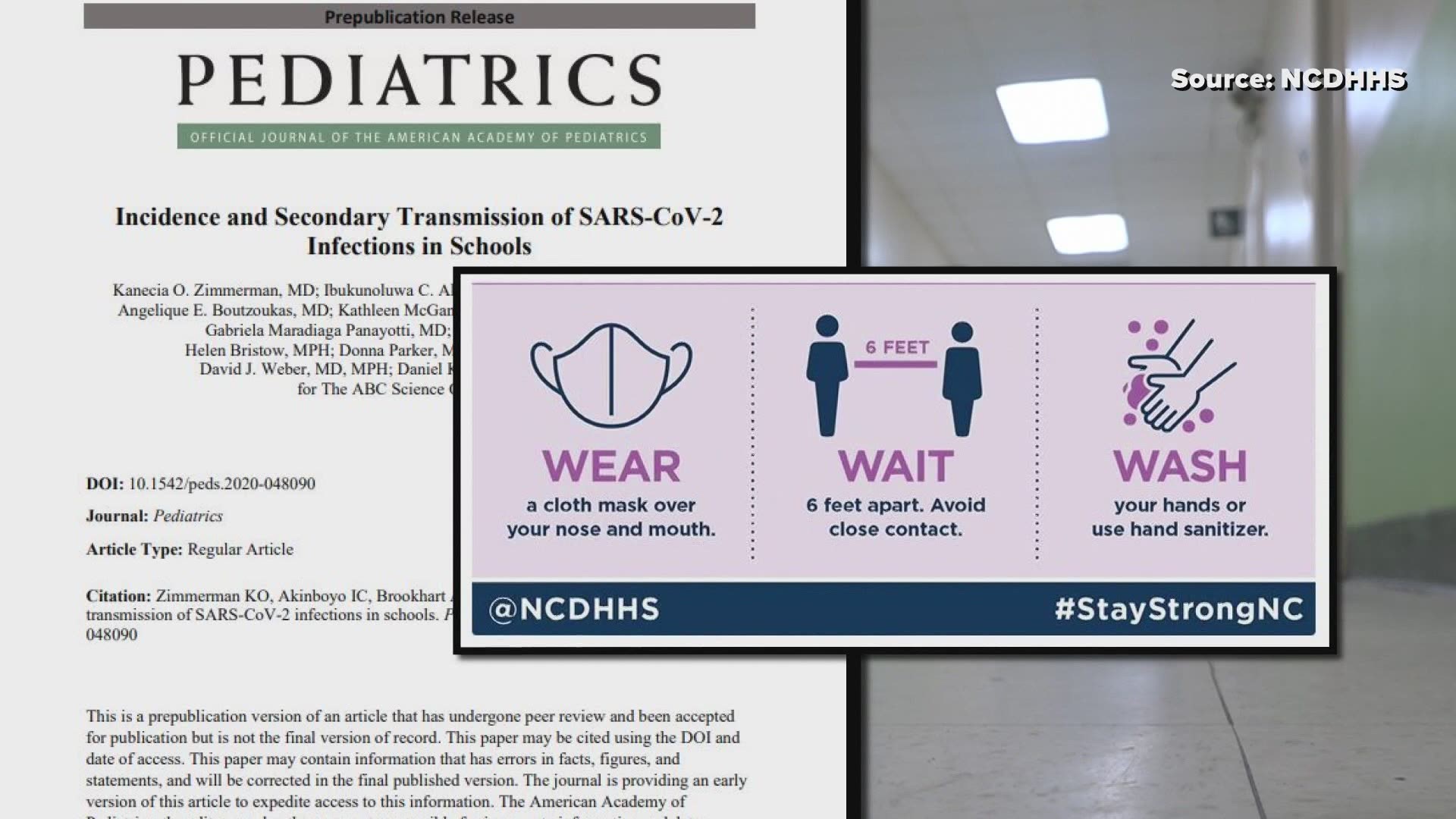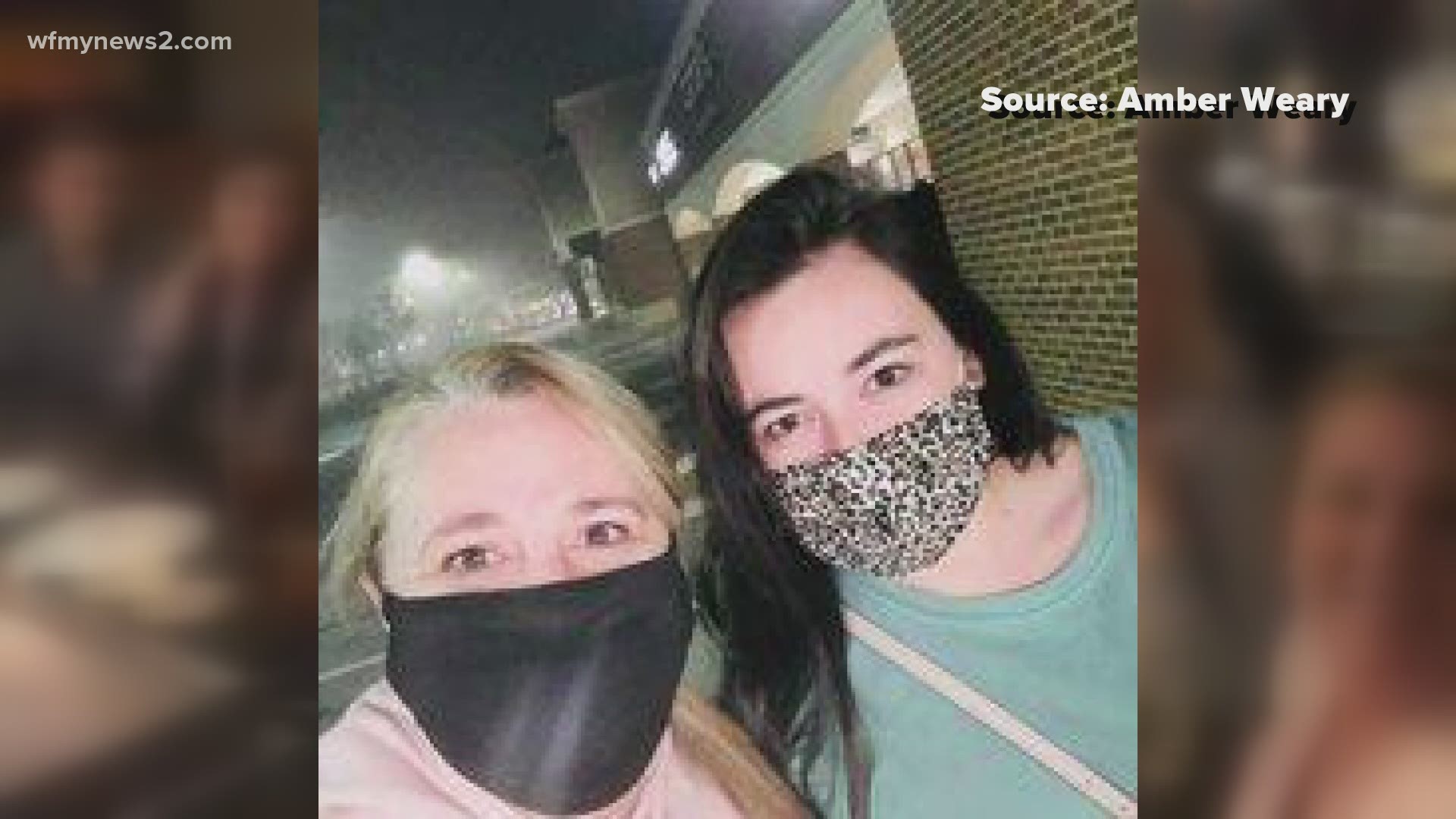This week, Governor Roy Cooper and Dr. Mandy Cohen made it clear that state leaders want as many students back in the classroom - as safely as possible.
As part of their push for reentry, the state cited several scientific studies about how COVID-19 is transmitted in a school environment, and among young children.
One study in particular, from a group of doctors in North Carolina, looked at 11 school districts in our state that opened for at least 9 weeks under Plan B last year.
The 23-page study is a collaborative effort of doctors, who've worked closely with many school systems in our state - like Guilford and Winston-Salem Forsyth County - to come up with the best way to send kids back to school safely.
The study - called Incidence and Secondary Transmission of COVID-19 Infections in Schools aimed to answer this question: If students and teachers are in the classroom - properly masking, social distancing, and hand washing well -what is the risk of COVID-19 spreading within the school?
"Secondary transmission, even in areas where there is high community levels of COVID spread, is really, really low," said Dr. Michael Smith, a professor of pediatrics at the Duke University School of Medicine, "We started the study, and we're still collecting data, but what we found was that we didn't really see disease transmission within the school setting. And now other studies from across country are echoing that."
The researchers studied data from 11 school districts, totaling around 90,000 students and teachers.
"The really important thing is that there was not a single incidence of disease spread from a student to a teacher," Smith said.
Overall, there were only a handful of cases transmitted within the schools.
"There were about 30 cases among 90,000 people, and when we looked back at those cases, they were almost all associated with lapses in masking," he said.
The one big takeaway from the study, Dr. Smith said, is this:
"I think the key thing here is that we are not saying that everybody should go to school like, automatically back tomorrow. You really need to follow the 3W's closely...What our research really shows is if you can do those three things, and you have plans and protocols in place, schools can open safely."



